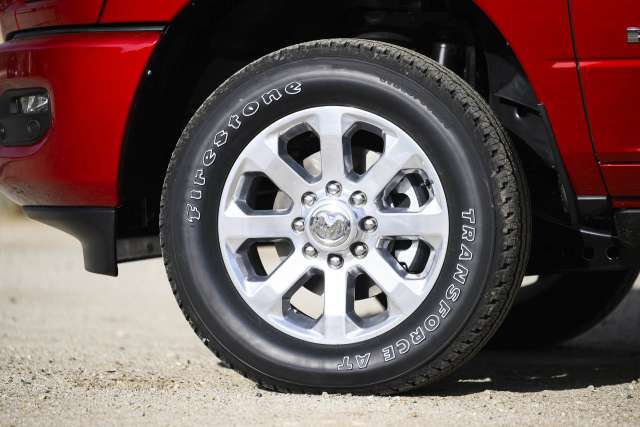Stellantis is working on a surprising new innovation—tires made from eggshells. In a recent patent filing, the automaker outlined a process to replace traditional filler materials with biowaste, reducing environmental impact. Could this be the next big step toward greener driving?
Why Eggshells?
Traditional tires use carbon black and silica as filler materials. However, as tires wear down, these substances release fine dust into the air, contributing to pollution. Stellantis believes calcium oxide (CaO)—commonly known as quicklime—can be extracted from eggshells and used as an eco-friendly alternative.
How It Works
Hen eggshells are over 90% calcium carbonate (CaCO₃). Stellantis’ process involves:
- Washing the eggshells in acetone to remove impurities.
- Heating them to 1,652°F, causing them to break down and release CO₂.
- Extracting CaO, which is then milled into a fine powder.
- Blending the CaO with rubber, creating a new tire compound.
The result? A potential replacement for petroleum-based fillers that could lower tire-related pollution.
Will It Work?
While the idea is promising, commercial viability remains uncertain. Stellantis is an automaker, not a tire company, so scaling this innovation may require partnerships with industry leaders. However, the push for sustainable tires is gaining momentum.
Other Companies Going Green
Stellantis isn’t alone in its quest for greener tires:
- Bridgestone produces Audi E-Tron GT tires using 55% recycled and renewable materials.
- Michelin is developing eco-friendly tires with Hyundai.
- Goodyear has showcased tires that reduce petroleum use and production emissions.
The Future of Tires
With EVs cutting tailpipe emissions, tire pollution is the next frontier in sustainable mobility. Whether eggshell-based tires hit the market or not, one thing is clear—automakers and tire companies alike are racing to make driving cleaner.



